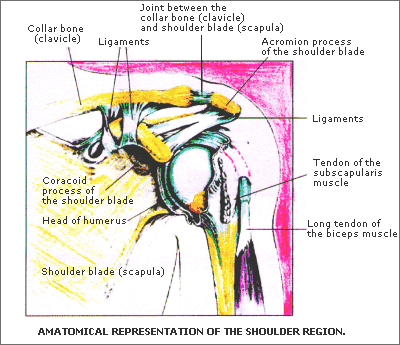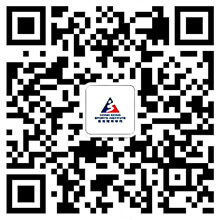Sports Medicine Education No. III - Shoulder Overuse
Introduction
Over-use injuries are far more common than traumatic ones at the shoulder joint. Sporting movements that involve the arm in elevation and rotation while under heavy loading, e.g. over-arm throwing, swimming and overhead strokes in racquet sports, can contribute to over-use injuries of the shoulder joint.

Pathology
Shoulder over-use injuries are usually categorised under the primary diagnostic conditions of tendinitis, laxity and impingement. Whenever an athlete has one condition, they are likely to develop elements of the other two conditions, and in time symptoms of all three conditions may emerge.
Tensile tendinitis
This is caused by tensile overload of tendons of the pectoralis major, latissimus dorsi, teres major and minor, and long heads of the biceps and triceps.
Laxity
Repeated violent end-of-range activities (throwing) or vigorous stretching activities (common in swimmers) can overstretch the inferior capsule and ligament. This can lead to inadequate stability of the humeral head in its central position on the glenoid, the shoulder joint, which can lead to impingement.
Impingement
Repeated compression of the subacromial contents cause micropockets of damage. The inflammatory reaction involves vascular congestion and edema to the tendon or bursa which further reduces the available space beneath the coracoacrominal arch. Pain results and interferes with normal biomechanics of the shoulder, causing muscle inhibition (due to pain) and thus compensatory movements or postures.
Predisposing factors
|
Primary - |
1. Extreme ranges of motion |
|
Secondary - |
1. Poor training and conditioning |
Treatment Principles
Please consult your doctor and physiotherapist before starting the following treatment.
Phase I - reduce pain and inflammation during acute and subacute stages
-
Rest - refrain from activities, which will aggravate the injured area.
-
Ice - for the first 24 to 48 hours after injury, apply ice for 15-20 minutes, 3-4 times per day.
-
Medication - doctors may prescribe analgesic or anti-inflammatory drugs.
-
Physiotherapy - manual therapy and electrical modalities might be used to reduce pain, muscle spasm and inflammation. In addition, conditioning program may also be prescribed.
Phase II - rehabilitation
-
The aim of physiotherapy treatment is to restore shoulder range of movement, muscle strength and endurance. Muscle control, posture and sporting techniques shoulder also be addressed.
-
Exercises must be done in the pain-free range, concentrating on the rotator cuff (especially the muscles for external rotation) and scapulothoracic muscles, aiming at restoring control rather than pure strength. Taping and biofeedback might be used to achieve this.
For more information, please contact:
Sports Medicine Department
Telephone: (852) 2681 6134
All information in this pamphlet is for reference only
 ID: hksportsinstitute
ID: hksportsinstitute

